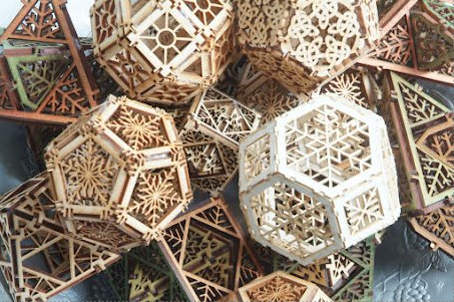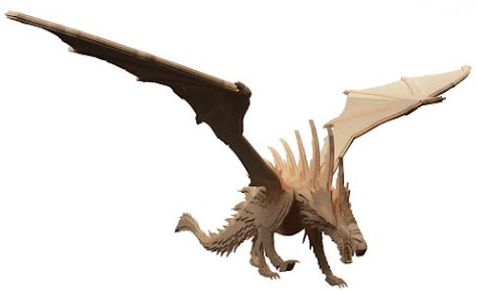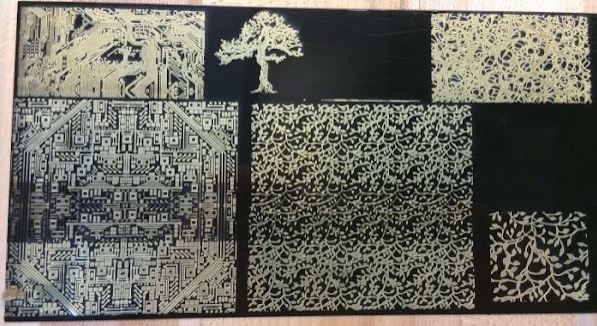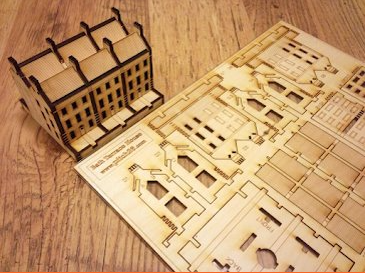Digital technologies/Laser cutting/Laser cutting- Beginner/How does Laser Cutting Work?
It is important to understand that the laser from a laser cutter does not directly cut material, and that it works by leveraging the concepts of optic bending and focusing to orient and focus the laser’s power to a single point in or on the stock material. The focal length of the lens in the machine’s focusing head assembly is therefore an important variable to take into consideration for lasering, and as an operator, the distance of the focusing lens to the stock material must be taken into account if you wish to obtain good results. Always remember to focus your laser. Thankfully, laser cutting machines usually come with a focusing tool of sorts to assist operators with the setup of a lasering job.
It is important to remember that a laser cutter focusing head can only move along the X-Y plane. While this may seem like a limitation at first, the focusing head’s movements are very precise and allow for the manufacturing of parts that contain special assembly features, which in turn easily mesh together to result in complex 3-dimensional structures. A good example of such a feature is that which can be seen on-screen. This part holds together by what are called finger joints. Keep in mind that making this part on a laser cutter instead of a 3D printer or a manual milling machine can greatly reduce both manufacturing time and costs.
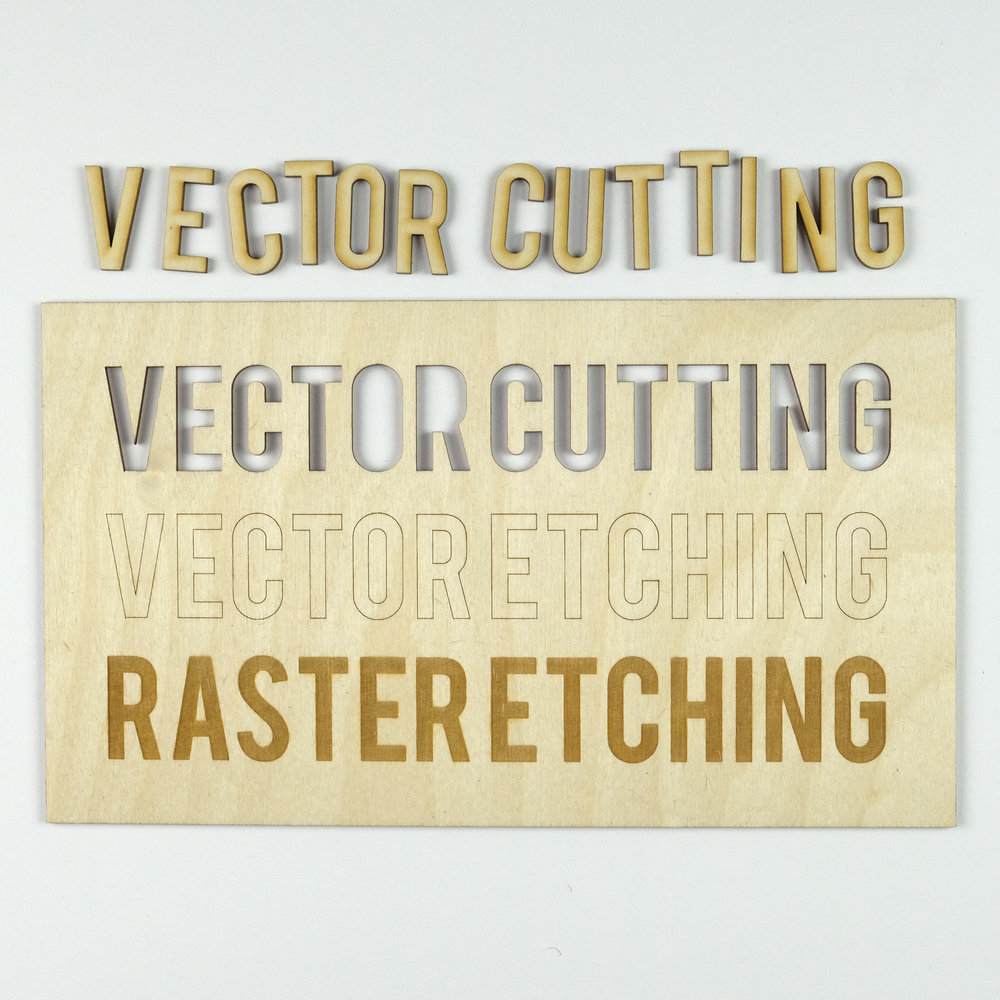
Rastering
Rastering consists of superficially removing material from stock, resulting in an embossed feature. Rastering is applied to a component in a fashion similar to that of an inkjet printer, where a print head moves quickly back and forth printing a thin line at a time. Rastering is a type of engraving, where top layers of the material are removed to create a depression in the material. You will know the laser is rastering because it is moving back and forth like a regular 2D printer. Our laser has a built in setting that distributes the power settings over different shades. This means that a darker shade will look darker because it received more power when rastered. Think of it like a black and white printer.
Vectoring
Vectoring consists of following vector lines specified in your program. Vectoring is most often used to cut through a material. However, at lower settings it can also be used to engrave. Instead of moving back and forth, the laser is following a “vector”. A vector is a line with a specified direction and magnitude. In other words, a line that connects two points. Our laser has a point of 0.001” (0.0254 mm) in diameter. For a line to be recognized as a vector, the line width has to be the size of the point. We will explain how to do this further in this document.
